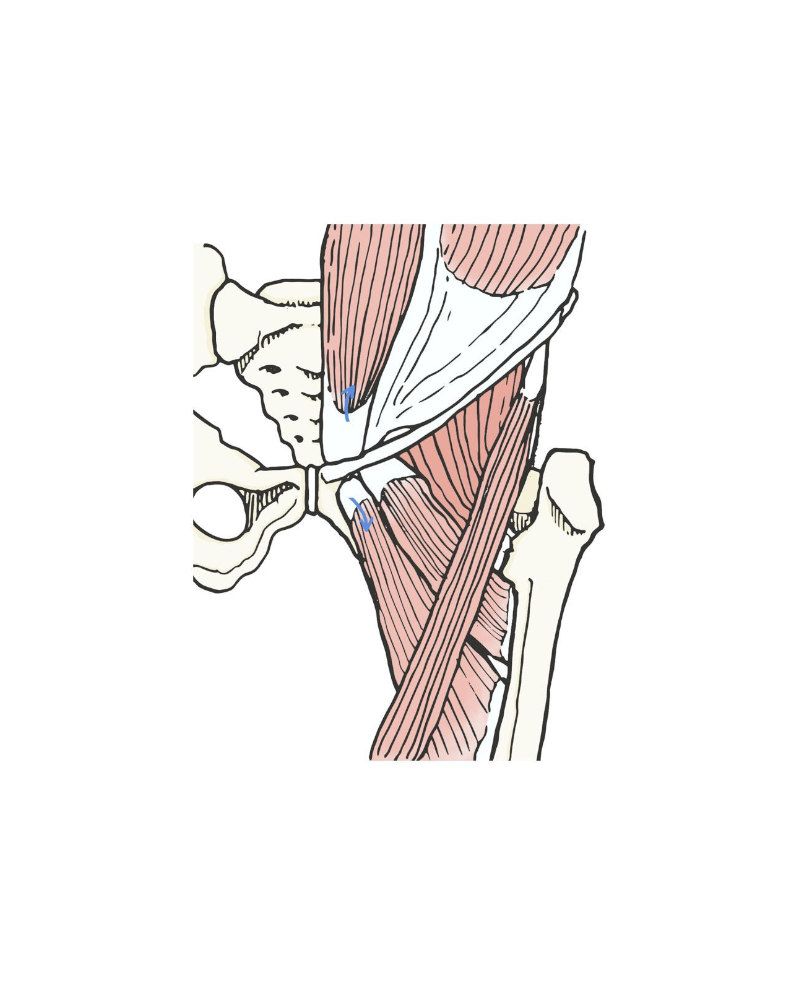Pubic pain, pubic syndrome or sportsman’s hernia does not refer to a specific type of pathology. Rather, it refers to a set of injuries that result from a muscular imbalance between the muscle groups that are part of the pubis (most anterior part of the pelvis): abdominal muscles and adductors.
Pubalgia / Pubalgic syndrome
This type of injury is most common in sports that involve sudden change of direction or torsional movements of intensity. It is characterised by stretching or tearing of some soft tissue (including muscle, tendon or ligament) in the lower abdominal belly or inguinal region. The type of sports that involve plantar support of both feet and torsion of the trunk/ abdomen with maximum effort can lead to the injury. They are more frequent in footballers, ice-hockey and rugby players.
The pain can be located in the innermost part of the inguinal region (groin) or in the lower abdomen (lower abdomen) or even in the symphysis pubis (anterior union of the hip bones). At the same time, this variation depends on the main injured structure: adductors, abdominal muscles or pubic symphysis (pubic osteitis), respectively. Thus, it is a pain that worsens with physical effort and improves with rest. It generally appears as a grind and increases in intensity over weeks or months, accompanied by a progressive loss of sporting performance. The initial diagnosis is made through clinical examination and aims to understand where the main complaints are located. Thus, if the complaints are abdominal (lower abdomen) an ultrasound is necessary to exclude the existence of an inguinal hernia. If, on the other hand, they are in the symphysis pubis, a simple x-ray of the pelvis is necessary. Finally, if they are in the adductors or in an ill-defined location, an MRI scan is required.
The treatment consists of stopping the sporting activity (compulsory) and carrying out a specific rehabilitation programme. This programme aims to relieve the pain and correct the existing muscular imbalance. In cases where there is no improvement, surgery may be necessary, which will depend on the existing lesions. The vast majority of cases improve with the physiotherapy and rehabilitation programme in 2 to 3 months. In cases where a surgical intervention is necessary, the initial recovery takes about 3 to 6 weeks (after surgery). The return to sports activities (training) happens between 8 and 12 weeks, depending on the type of surgery. After the injury has been treated it is fundamental to implement an exercise programme to avoid the reappearance of the injury.

